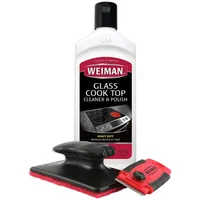How to clean an induction cooktop — 7 steps for a spotless surface
Keep your induction cooktop spotless
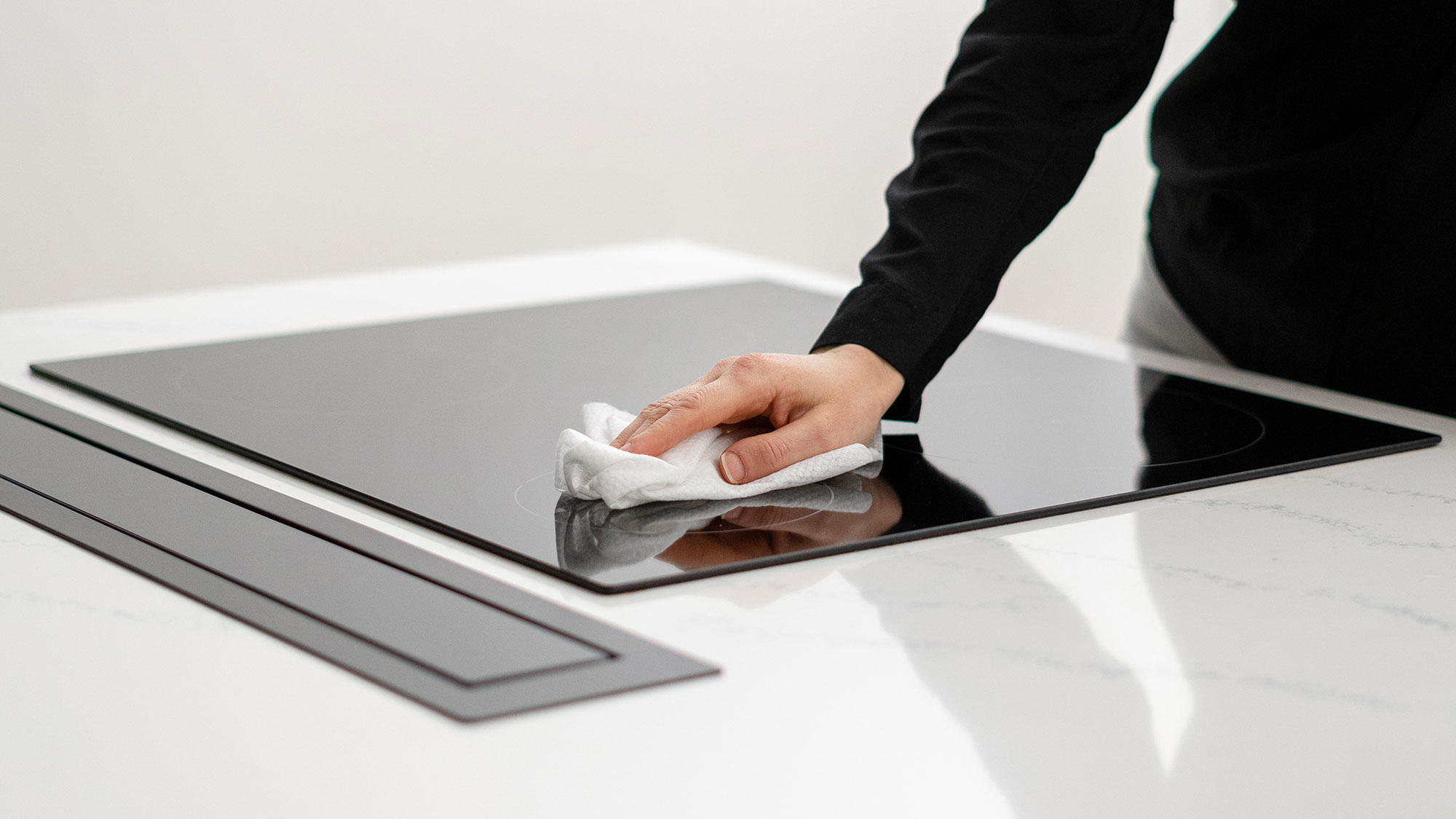
Induction cooktops, with their sleek glass-ceramic surfaces, have become a staple in modern kitchens. While they offer efficient cooking and precise temperature control, keeping them clean can be challenging. Unlike traditional stovetops, induction cooktops require special care to maintain their appearance and functionality.
Whether you have an electric stovetop or induction, knowing how to properly clean your cooktop is crucial. Not all cookware works with cast iron pans, and many have concerns that their cooktop will scratch easily when using cast iron skillets. Even if you're extra careful, spills and splatters are an inevitable part of cooking. This guide will walk you through five easy steps to keep your induction cooktop spotless, ensuring it looks great and performs optimally for years to come. And having dirty pots and pans can be another reason why your induction cooktop might not be working effectively.
Let's dive into the best cleaning practices that will protect your cooktop's surface while tackling even the toughest stains.
What you'll need
- Soft microfiber cloth
- Dish soap
- White vinegar
- Baking soda
- Plastic scraper or old credit card
What should I avoid?
Never use harsh chemical cleaners or abrasive materials on your induction cooktop. These can scratch or damage the surface, affecting both its appearance and functionality.
Avoid cleaners containing ammonia or chlorine bleach, as these can damage the surface. For more details on what not to use, read 5 things you should never use to clean an induction cooktop and stop making this big mistake that’s ruining your induction cooktop.
1. Let it cool
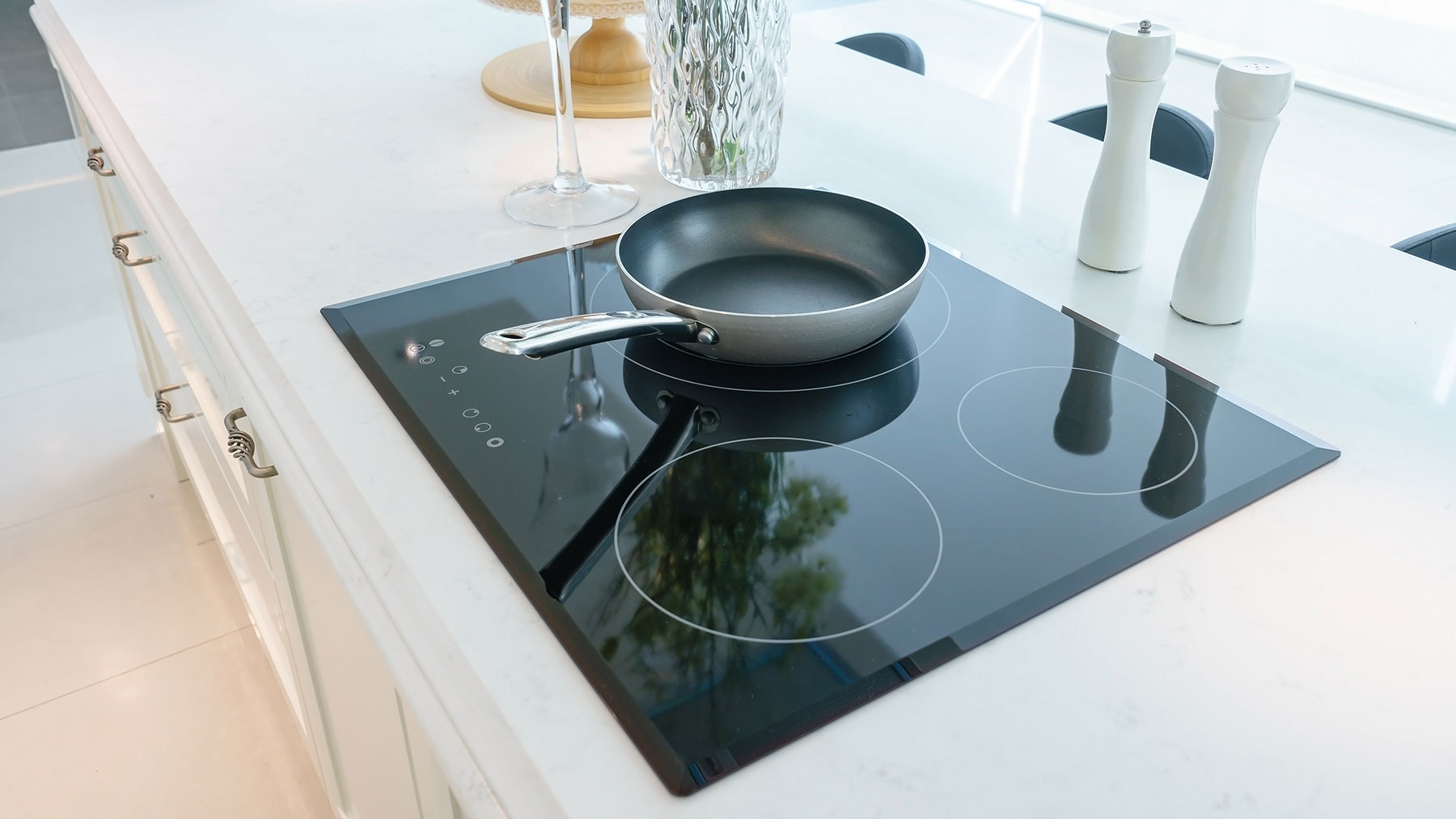
Although induction cooktops are a lot safer than electric or gas ranges, they still hold small amounts of residual heat after use. Before cleaning, ensure your cooktop is completely cool to the touch. Cleaning a hot surface isn't just dangerous; it can also lead to steam burns and potentially damage the cooktop's surface. Give it at least 30 minutes after use before starting the cleaning process.
2. Remove loose debris
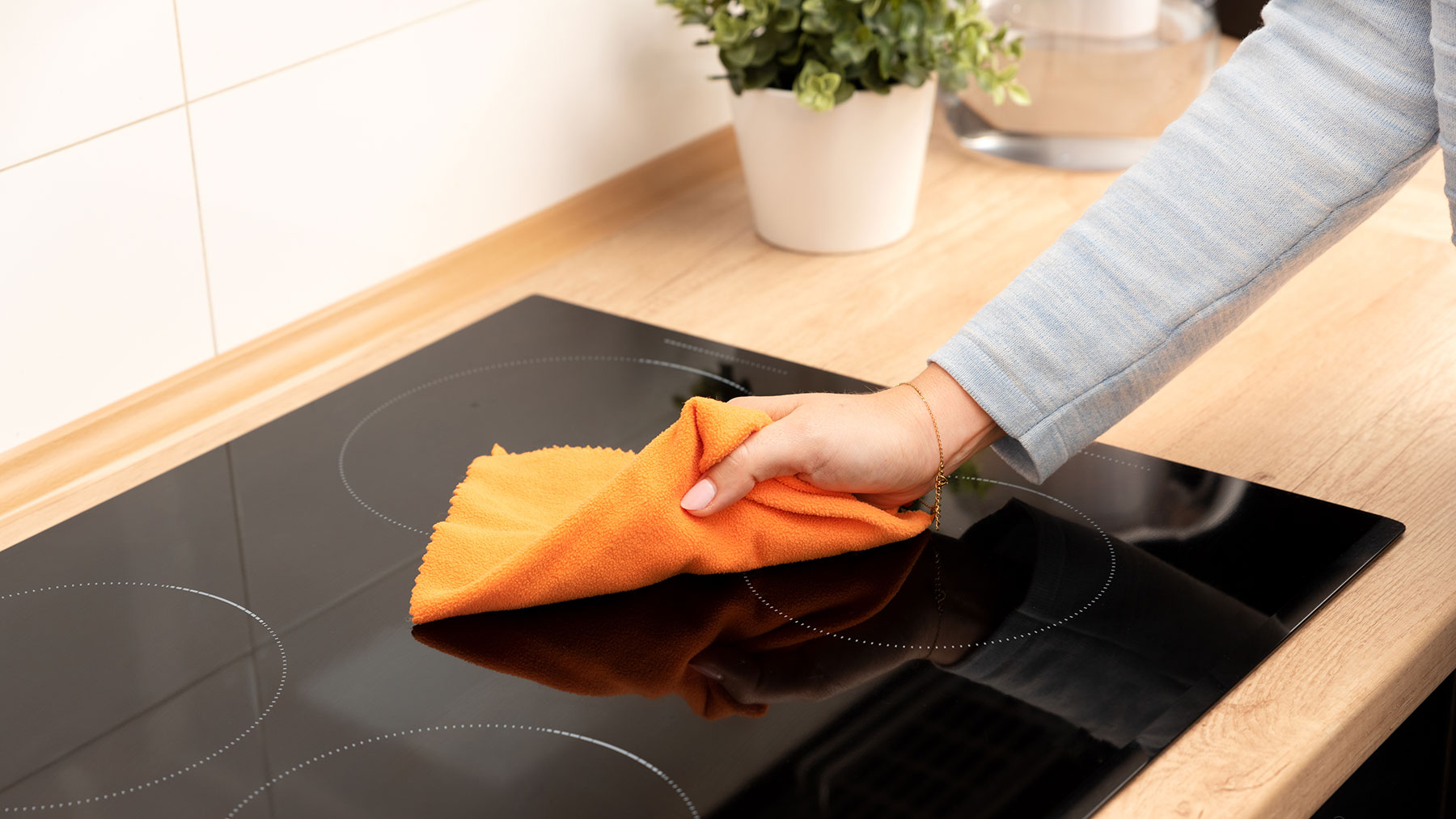
Use a soft, dry microfiber cloth to wipe away any loose food particles, dust, or light spills. This initial sweep prevents scratching when you move on to deeper cleaning, and because your cooktop is a flat surface, this step should only take seconds. For stubborn dry particles, you can slightly dampen the cloth with warm water.
3. Apply cleaning solution
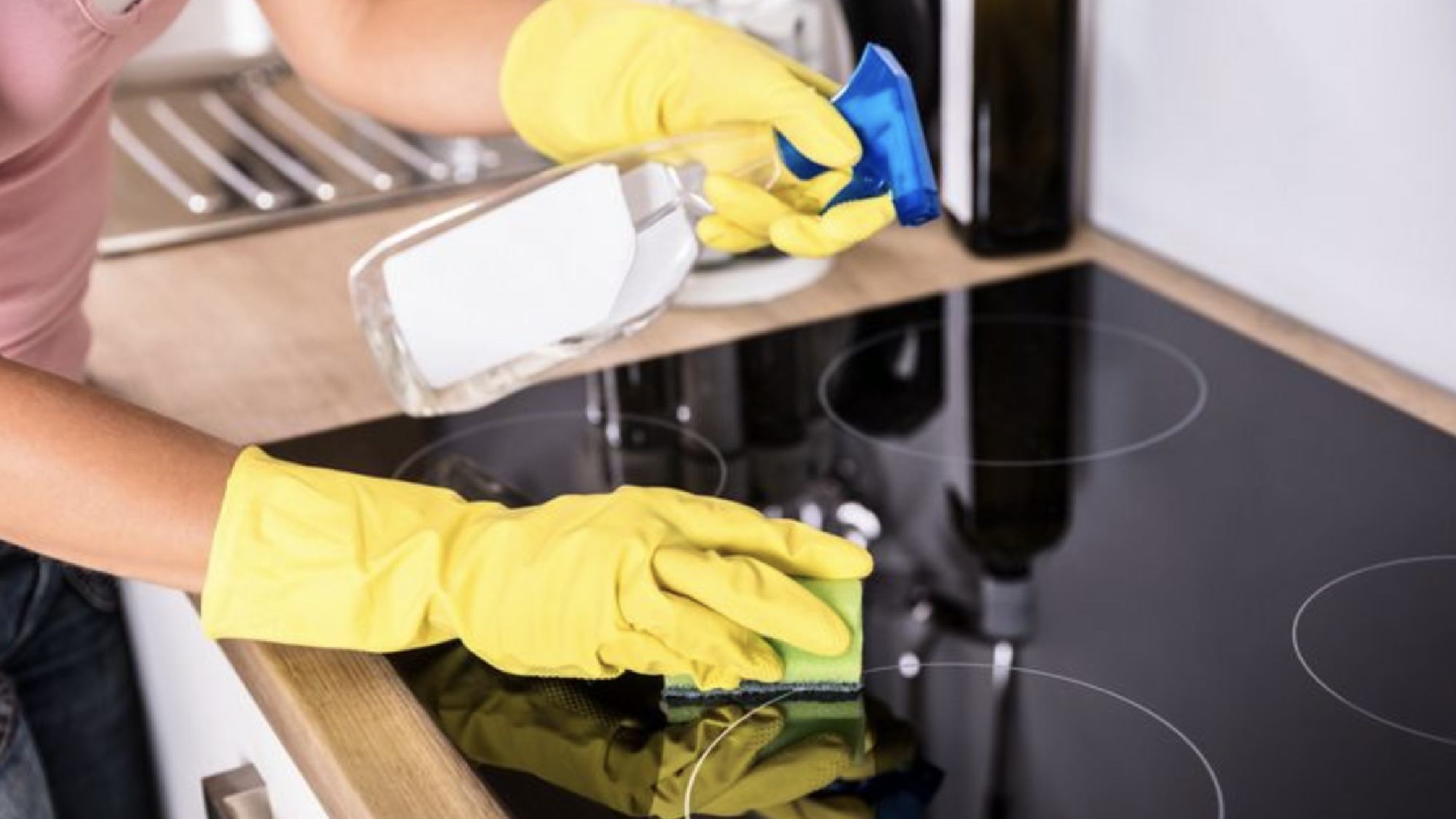
Spray a cleaning solution lightly over the cooktop surface, avoiding oversaturation. There are lots of cleaning solutions that can work for this. If you're in a pinch and need something that will work fast, you can simply mix a few drops of mild dish soap with warm water in a spray bottle. This diluted solution is gentle enough for regular use.
You can also use a baking soda and vinegar solution, or a specialized cooktop cleaner like the one below.
The most important thing is to not use anything too abrasive, as in most cases, this isn't required to remove light grease marks and food splashes.
Weiman Cooktop and Stove Top Cleaner Kit: $19.98 @ Amazon
This complete cleaning kit comes with a scraper, reusable scrub pad holder and Weiman's streak-free, non-abrasive glass cooktop cleaner. With an average rating of 4.6 stars out of nearly 80,000 reviews on Amazon, it's a customer favorite.
4. For tougher stains
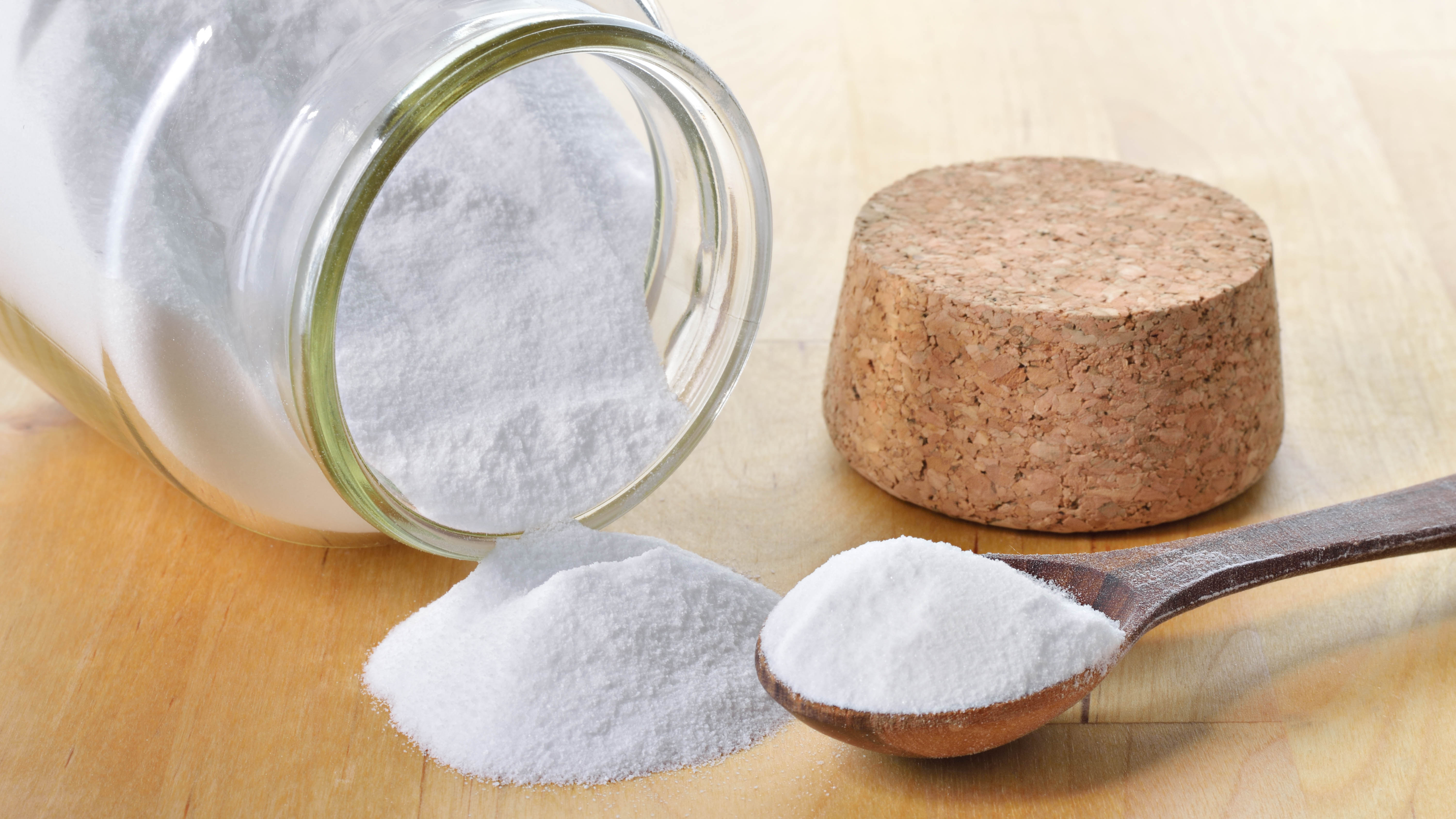
Create a paste using equal parts baking soda and water. Apply this directly to stubborn spots or burnt-on food residues.
An induction cooktop is another kitchen staple that can be tackled using this versatile storecupboard essential. The mild abrasiveness of baking soda helps lift stains without scratching the surface.
For baked-on food, let the baking soda paste sit for 15-20 minutes before gently scrubbing. This gives it time to soften the residue.
5. Clean the surface
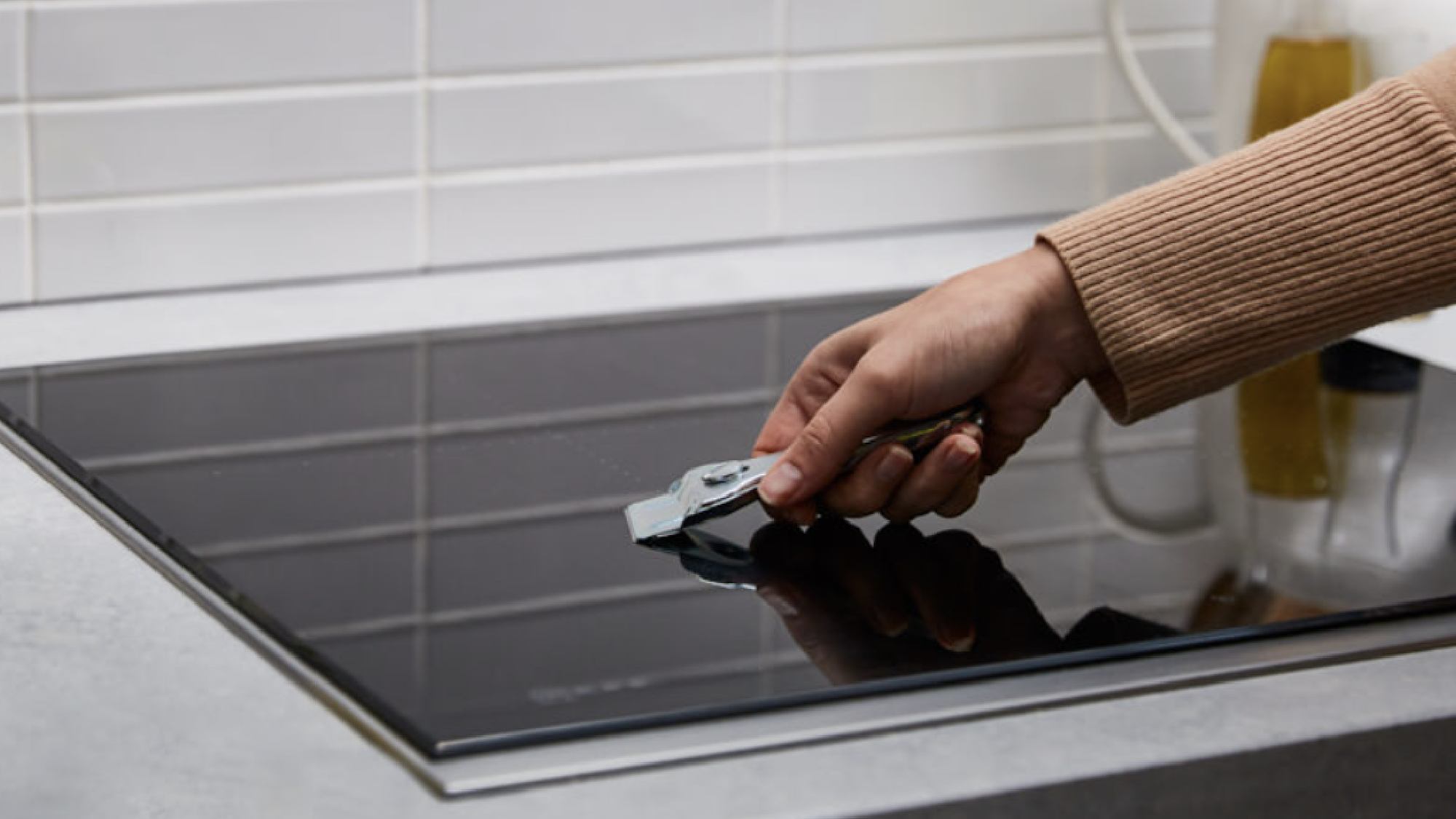
Wipe the entire cooktop with your damp microfiber cloth, using gentle circular motions. This technique helps lift dirt without leaving streaks. Pay extra attention to the areas around the burners where spills often accumulate.
To tackle stubborn spots, use a a glass scraper or old credit card at a 45-degree angle to carefully remove residue. Do not use steel products on the glass ceramic surface. Work slowly and gently to avoid scratching. Never use metal tools or abrasive scouring pads, as these can permanently damage the surface.
6. Rinse and dry
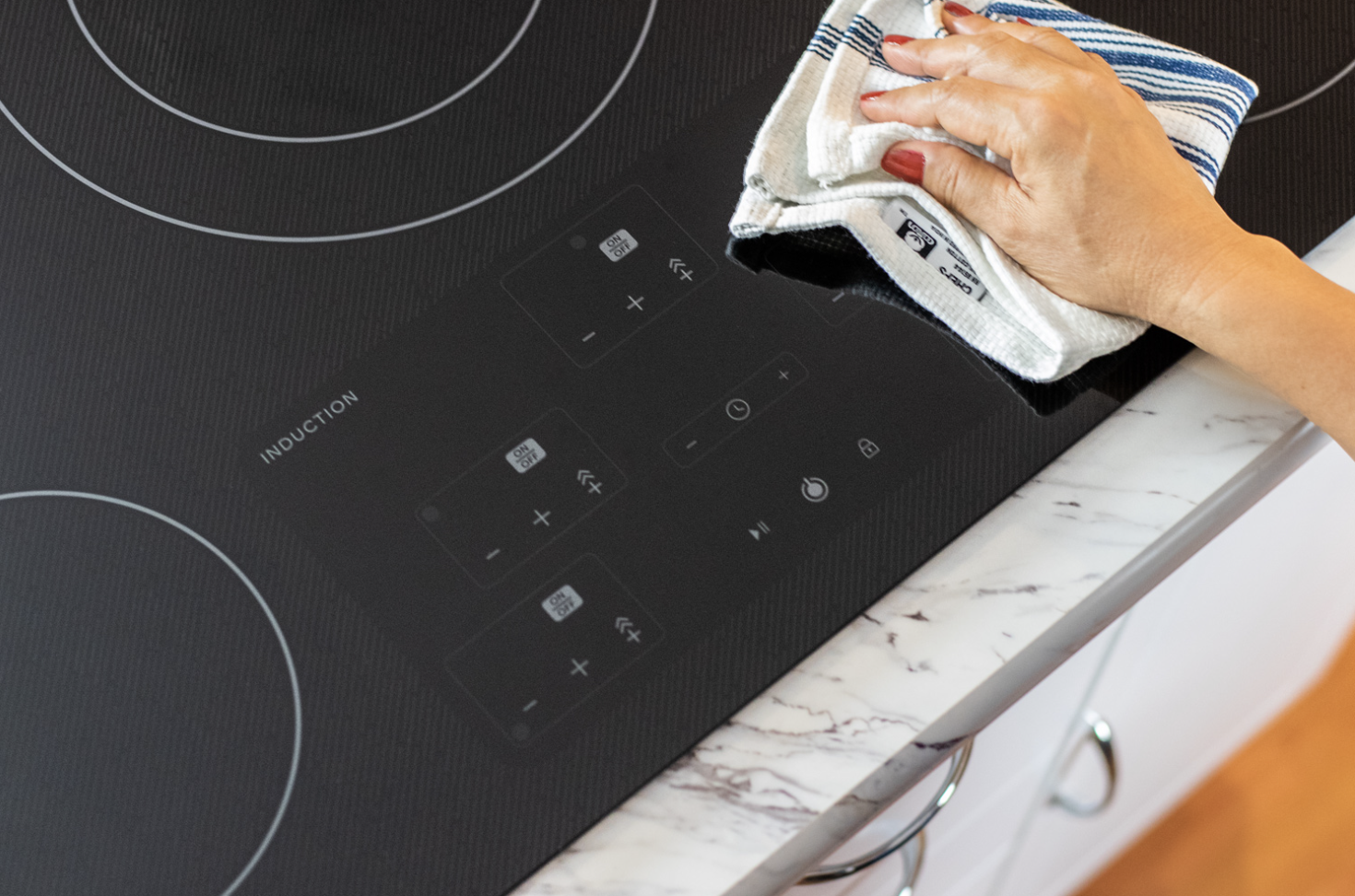
Wipe the surface with a clean, damp cloth to remove any soap residue or baking soda. You may need to rinse the cloth and repeat a few times to ensure all cleaning agents are removed.
Finish by buffing with a dry microfiber cloth for a streak-free shine. Pay attention to the edges and corners where water can accumulate.
7. Bonus tip
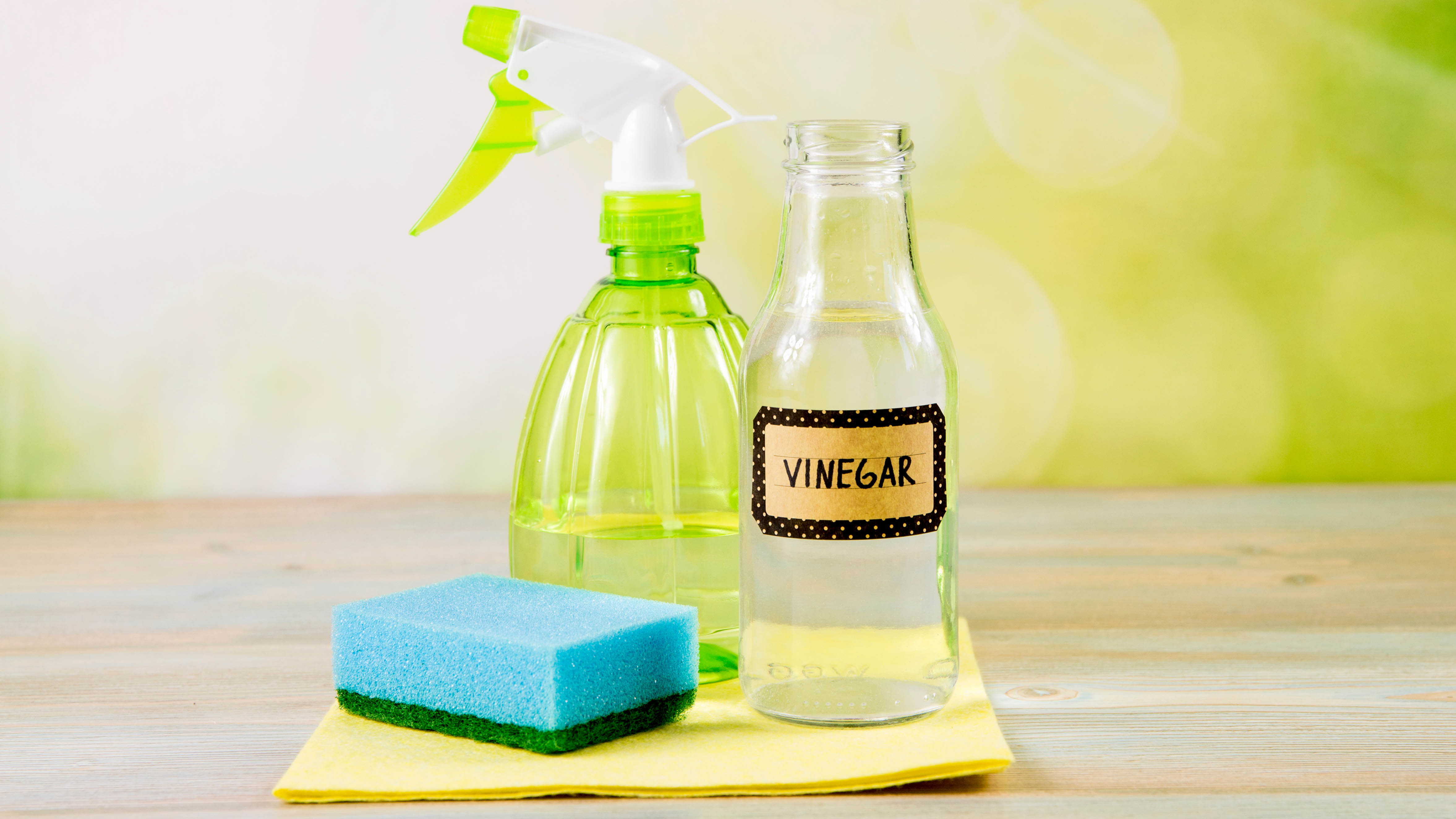
For extra shine and to remove any lingering odors, spray the cooktop with a solution of equal parts white vinegar and water. Let it sit for a minute, then wipe dry with a clean microfiber cloth. The acidity in the vinegar helps break down any remaining grease and leaves a brilliant shine.
Are induction cooktops really easier to clean?
It's true that induction cooktops are easier to clean than their electric and gas counterparts. This is is down to the complex tech that sits underneath the surface of your cooktop's glass. Electric cooktops use rings to heat an area of glass, upon which you can place your cookware to then heat up your food. Because the cooking surface of an electric cooktop can get very hot, splashes of food and grease can become burnt on, and prove tricky to remove.
Induction cooktops, by contract, use electromagnetic energy to heat your cookware directly, so your cooking surface will only get hot on the areas that touch your pans. This will mean that food splashes won't become burnt into place, and should wipe away easily after use.
Induction cooktops, by contrast, use electromagnetic energy to heat your cookware directly, so your cooking surface will only get hot on the areas that touch your pans. This will mean that food splashes won't become burnt into place, and should wipe away easily after use. cult to remove. s
Get instant access to breaking news, the hottest reviews, great deals and helpful tips.
Properly maintaining your induction cooktop is crucial for its longevity and performance. As you refine your cleaning routine, you'll want to avoid common these common cleaning mistakes. Check out our guides on what you should never clean with baking soda and how to precent scratches on your glass stove to keep your cooktop functional.

Kaycee is Tom's Guide's How-To Editor, known for tutorials that skip the fluff and get straight to what works. She writes across AI, homes, phones, and everything in between — because life doesn't stick to categories and neither should good advice. With years of experience in tech and content creation, she's built her reputation on turning complicated subjects into straightforward solutions. Kaycee is also an award-winning poet and co-editor at Fox and Star Books. Her debut collection is published by Bloodaxe, with a second book in the works.
